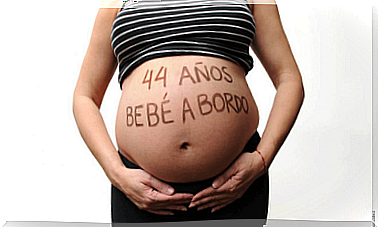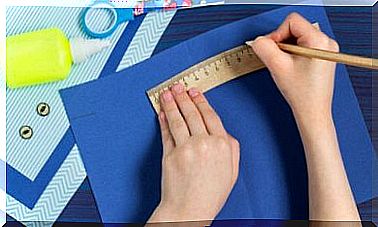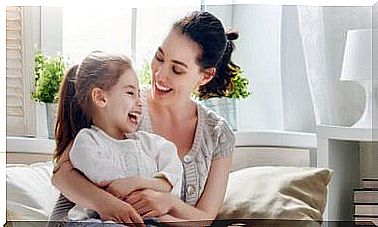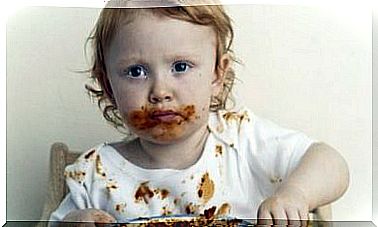A Reason Not To Bathe The Baby After Birth
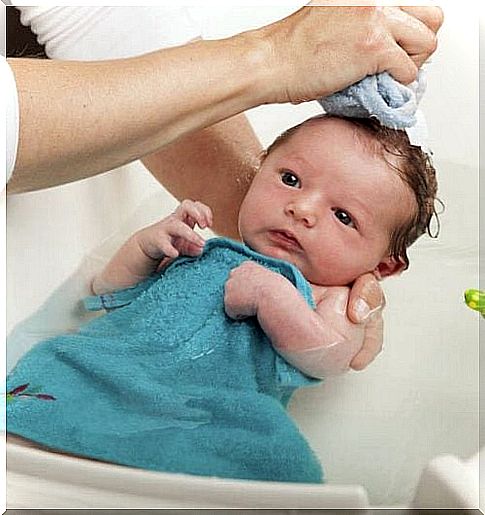
According to studies, the baby is not bathed after birth so as not to remove the vernix caseosa, a white, greasy, white substance that covers the newborn’s skin.
Why is this so important? We’ll tell you next!
The caseous vernix and its importance
Vernix caseosa is a substance similar to fresh cheese or sour cream.
It is made up of fatty secretions produced by the baby’s sebaceous glands, debris from dead skin tissue, water, debris from fluff, vitamin E and proteins.
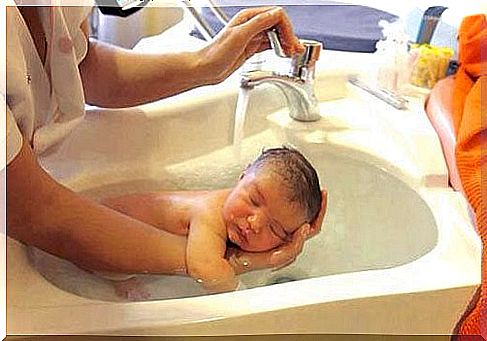
Many neonatologists believe that the vernix is responsible for protecting the newborn’s skin when it is exposed to the outside, acting as a barrier to infections.
This substance also acts as a protection against dryness and dermatitis in the very first moments of life. In addition, the vernix facilitates sliding through the birth canal at the time of birth.
The vernix caseosa helps to regulate body temperature and, although it doesn’t look like it, it also serves to keep the skin clean. It is also a powerful antioxidant that protects the epidermis from ultraviolet rays.
How to sanitize the baby in the first days of life?
In the first days of life, hygiene should be based only on frequent diaper changing.
The baby is not born dirty. When it’s given to Mom, neonatologists and nurses who participated in the birth usually have already cleaned up any traces of blood it might have brought.
It is not necessary for you to wash the newborn with a sponge and shampoo, or to put it in a tub of warm water and clean its ears. In fact, all of this is contraindicated.
In these early stages, hygiene should only be done by wiping the mouth a little after breastfeeding (if it has leftover milk), changing the diapers and wiping the butt with a wet handkerchief.
Meconium (baby’s first poop), which can be the most difficult to clean, should be removed by soaking a soft cloth in warm water and moistening the dirty area for a few minutes. It will then be easier to clean without the need to scrub the skin.
When to give the baby’s first bath?
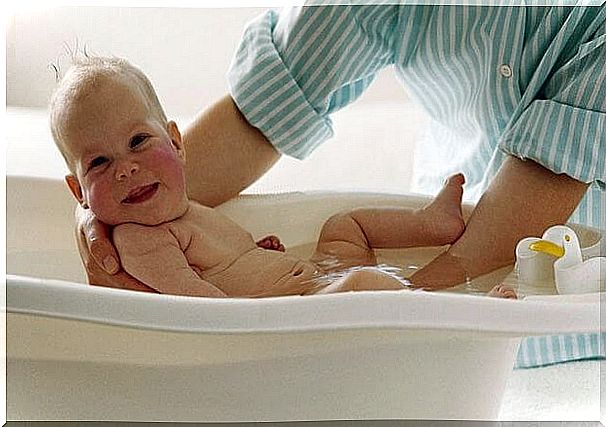
The baby’s first bath should be given after the first week of life, when the vernix is no longer needed. What’s more, contact with environmental dirt, faeces and urine can start to have an unpleasant smell.
Prior to that, hygiene must be done by cleaning different parts of the body interspersed, using a cloth soaked in warm water.
There is no exact day to tell mothers “today is the day to bathe your child”. Every mother is able to tell what is the best time and how to proceed with her baby’s hygiene.
However, we emphasize that it is important to let the vernix act on the baby’s skin during its first days of life. The friction with the baby’s diapers and clothes and the baby’s own skin will gradually absorb it until it disappears completely.
A reason not to bathe the baby after birth
Let’s end this article by commenting on the possible problems that can arise if you bathe your child soon after birth, removing the caseous vernix, with the intention of “cleaning” it.
In this case, you should know that:
- Removing the vernix will be removing an antimicrobial barrier. He will be exposed to infections and attacks from pathogens that can enter his body through the skin.
- Will be more vulnerable to allergies earlier
- You may have dermatitis both now and in the future
- It will remove a natural substance that maintains the skin’s moisture balance
- May cause diaper rash. The cheesy vernix is not easily removed and rubbing the baby’s skin to clean can end up hurting.
